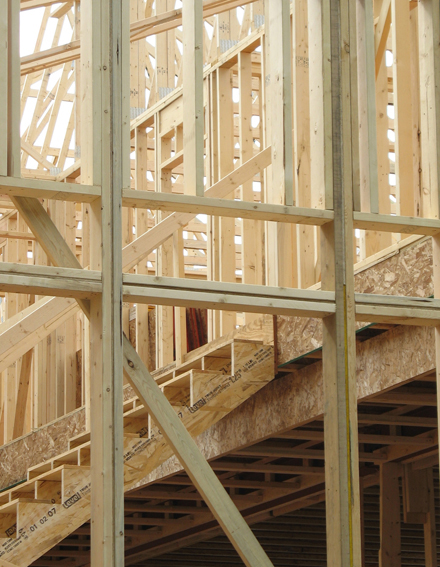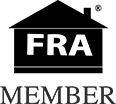JulianConstruction.com: Types of Drywall
For the past 50 years drywall has been a common type of material used in the construction of homes to make interior walls and ceilings. It covers insulation, wiring and the structure’s frame. It is also used to create separations in buildings requiring fire-rated materials.

The reason for drywall’s extensive usage and popularity is its low cost, ease of installation and durability.
Drywall is also known as wallboard, plasterboard, gypsum board and Sheetrock (a brand name). It is made of gypsum (powdered rock) plaster that has been pressed between two sheets of extremely thick paper.
Gypsum is a soft, fine-grained white mineral. In addition to drywall, it is used as a fertilizer and for blackboard chalk. Gypsum can even be made into blocks similar to concrete blocks, and mortar. In Asian cultures, it is a source of dietary calcium
Standard drywall sheets are 4’ x 8’. You can also purchase drywall that is 10 and 12 feet long. The drywall used for ceilings is 5/8 inch thick and the drywall used for walls is typically 1/2 inch thick. You can also purchase drywall that is 3/8 inch thick.
In addition to size and thickness variations, drywall can also be square edged, taper-edged, moisture resistant, soundproof, fire-resistant and foil-backed. Deciding what type of drywall to use will depend on your project.
Water-resistant drywall (greenboard) is needed in areas where there is moisture, such as kitchens, bathrooms, or regions with a humid climate. In many cases, the greenboard will also need a waterproof membrane to prevent water penetration. Another option for areas exposed to water is cement board. A cement board is fiber reinforced cement. It does not have outward facing paper.
You can also buy drywall that is mold-resistant. Drywall that is mold resistant typically has paperless backing and a special coating to prevent mold.
Fire resistant drywall is for walls or ceilings that require a fire-rating beyond 20 minutes. To create this type of drywall, strands of fibers are added to the gypsum. This increases the ability of the drywall to withstand fire for a longer period of time.
If you are planning to install drywall in high traffic commercial areas, you may want to consider impact resistant drywall. This type of drywall is made by adding fibers to the gypsum as well as increasing the thickness of the paper.
Soundproof drywall (quiet rock) has viscoelastic polymers added to the gypsum, The polymers convert sound energy to heat energy.
You can even purchase lead-lined drywall for drywall jobs in areas such as x-ray rooms. Lead-lined drywall is made by adding 1/16” layer of lead between the gypsum and paper backing. The lead blocks the x-rays from penetrating the wall.
If your drywall job involves the use of veneer plaster, you will need blue board, a type of drywall covered with a special coating. The coating makes it easier for the plaster to adhere to the drywall.
When it comes to installing drywall, hire a general or foundation contractor. A professional will know what type of drywall is needed for your project. You will also have peace of mind knowing that the drywall was properly installed and can pass a foundation inspection.
Shawn Kyles, expert in Los Angeles foundation inspection, repair & house bolting at Julian Construction (www.julianconstruction.com) in Los Angeles, has inspected over 15,000 structures for building & safety and done more foundation repair than anyone else.
See their video:





